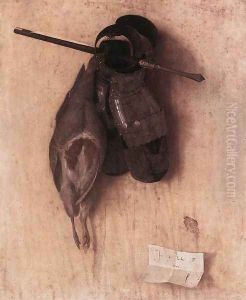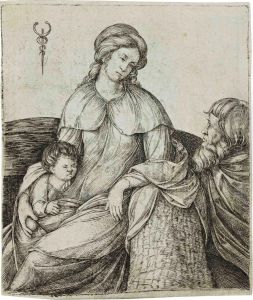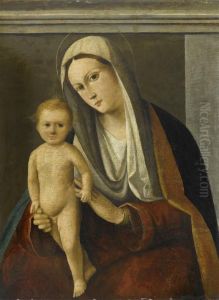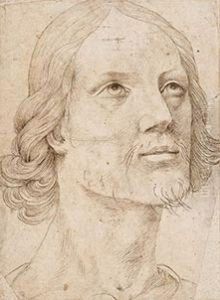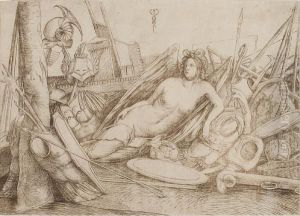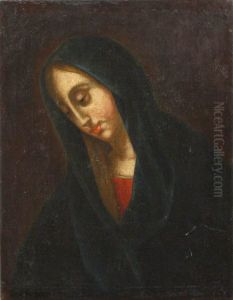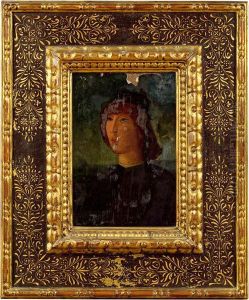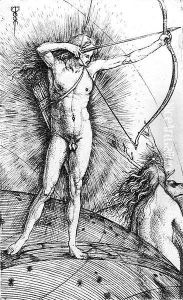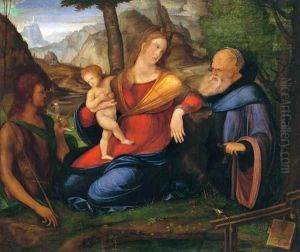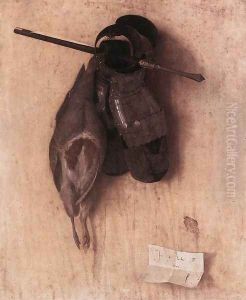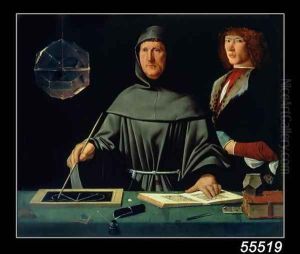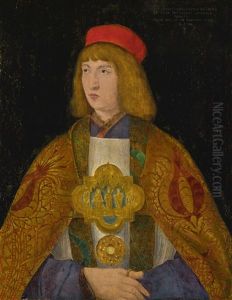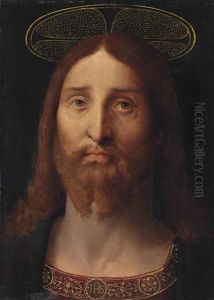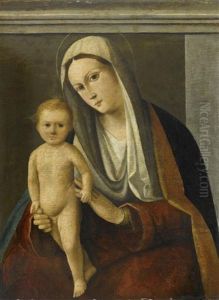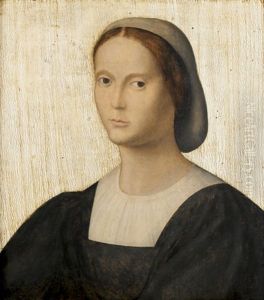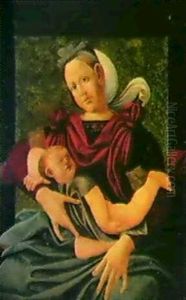Jacopo de Barbari Paintings
Jacopo de Barbari, also known as Jacopo de' Barbari, Jacopo Barbari, or simply as Jacopo, was a significant Italian painter and printmaker of the late 15th and early 16th centuries. His birth date is not precisely known, but it is estimated to be around the year 1440. Jacopo de Barbari is especially noted for his pioneering work in the field of printmaking, particularly in engraving and woodcut techniques, which were innovative for his time.
Barbari's work was highly influenced by the Italian Renaissance, a period characterized by the revival of interest in the classical art and ideas of ancient Greece and Rome. However, his style also showed a remarkable ability to integrate Northern European art influences, which he encountered during his travels. This blend of Italian and Northern influences made his work particularly distinctive.
One of his most famous works is the woodcut map of Venice, known as the 'View of Venice' ('Veduta di Venezia'), created in 1500. This monumental piece was one of the first accurate and detailed aerial views of a city in European art and demonstrated his mastery of perspective and detail. It was a significant achievement in the history of cartography and urban imagery.
Throughout his career, Jacopo de Barbari traveled extensively, spending time in various parts of Italy, including Venice, which was a leading center of art and culture during the Renaissance. Later in his life, he moved to the Northern Europe, where he worked at the courts of the Holy Roman Emperor Maximilian I and in several German cities, including Nuremberg and Frankfurt. His move to the north allowed for a fruitful exchange of artistic techniques and ideas between Italy and Northern Europe.
Barbari's precise death date is not definitively known, but it is believed that he died before 1516. Throughout his life, Jacopo de Barbari left a lasting impact on the world of art, bridging regional styles and techniques and contributing significantly to the development of printmaking as a fine art. His legacy is evident in the influence he had on other artists both in Italy and across Europe.
